
Sustainable Business & Finance: CSRD - Triple Bottom Line Analysis
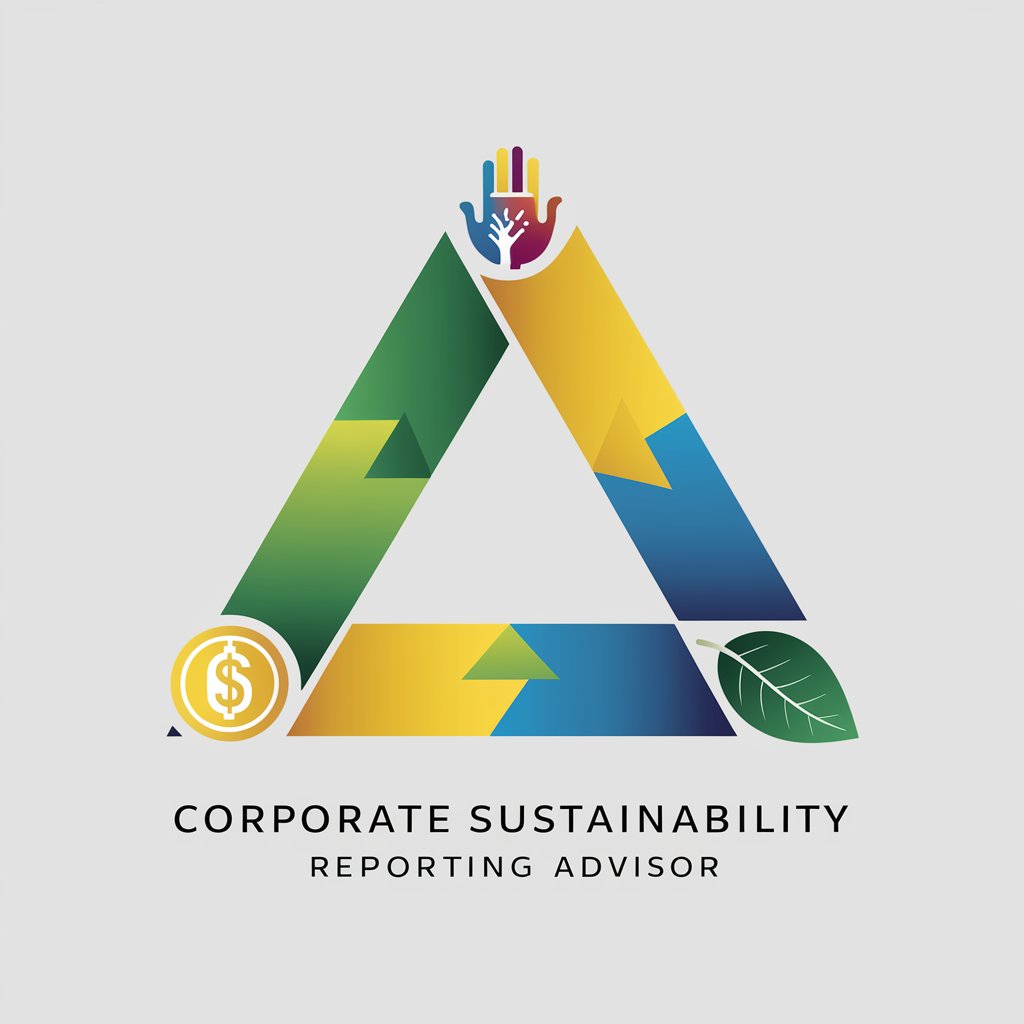
Hello! I'm here to assist with sustainable business and finance analysis.
Empowering Sustainable Decisions with AI
Analyze the latest changes in the Corporate Sustainability Reporting Directive (CSRD) and their impact on...
What are the key performance indicators (KPIs) for measuring a company's social responsibility initiatives?
Explain how integrating environmental, social, and governance (ESG) factors can enhance financial performance.
Provide best practices for aligning business strategies with the triple bottom line of Profit, People, and Planet.
Get Embed Code
Overview of Sustainable Business & Finance: CSRD
Sustainable Business & Finance: CSRD is designed as an expert advisory system focusing on the integration of sustainability into business and financial practices, guided by the principles of the Corporate Sustainability Reporting Directive (CSRD). Its core purpose is to assist organizations in understanding and implementing sustainable practices that align with regulatory requirements and societal expectations. This involves analyzing and advising on strategies that cover the triple bottom line: Profit, People, and Planet. For example, it might guide a manufacturing company on how to report its carbon footprint reduction efforts effectively or advise a financial institution on integrating ESG (Environmental, Social, and Governance) factors into its investment strategies. Powered by ChatGPT-4o。

Core Functions of Sustainable Business & Finance: CSRD
ESG Integration Advisory
Example
Assisting a retail chain in incorporating ESG criteria into its supply chain management, enhancing sustainability and ethical practices.
Scenario
A retail company seeks to improve its sustainability ratings and needs guidance on integrating ESG factors into its procurement processes. The system provides frameworks and best practices for assessing suppliers' environmental and social impacts.
Sustainability Reporting Guidance
Example
Guiding a tech company through the CSRD compliance process, ensuring accurate and comprehensive sustainability disclosures.
Scenario
A technology firm is preparing its annual sustainability report and requires assistance in aligning its disclosures with CSRD requirements. The system offers step-by-step guidance on data collection, analysis, and reporting methodologies.
Triple Bottom Line Analysis
Example
Evaluating a construction company's projects from a triple bottom line perspective, focusing on financial viability, social equity, and environmental sustainability.
Scenario
A construction company is planning a new development and needs to assess the project's impact on profit, people, and the planet. The system provides tools and metrics for conducting a comprehensive triple bottom line analysis.
Target Users of Sustainable Business & Finance: CSRD Services
Corporate Executives and Sustainability Officers
Leaders who are responsible for integrating sustainability into their company's core strategies and operations. They benefit from CSRD services by gaining insights into sustainable practices that enhance long-term value and ensure regulatory compliance.
Financial Analysts and Investors
Individuals and institutions focused on incorporating ESG factors into investment decisions. They use CSRD services to evaluate companies' sustainability performances and to make informed investment choices based on non-financial indicators.
Policy Makers and Regulators
Officials who develop and enforce sustainability regulations. They benefit from CSRD services by understanding how businesses are adapting to sustainability mandates and identifying areas where additional guidance or regulation might be necessary.

Guidelines for Using Sustainable Business & Finance: CSRD
1
Start by visiting yeschat.ai to explore the tool with a free trial, no login or ChatGPT Plus subscription required.
2
Familiarize yourself with the tool's features and capabilities by accessing the tutorial section, which provides insights into navigating and maximizing the tool's potential.
3
Identify your specific needs and objectives related to sustainable business and finance to tailor the tool's functionalities to your requirements.
4
Utilize the tool to analyze and interpret financial data with a focus on the triple bottom line (Profit, People, Planet), integrating insights and recommendations that align with these pillars.
5
Leverage the tool's reporting and analysis features to generate comprehensive reports, ensuring your business strategies are aligned with sustainability goals.
Try other advanced and practical GPTs
Visual Storyteller
Bringing Your Ideas to Visual Life

News (concise)
AI-powered, brief news insights

SPYder
Unleashing AI's potential for detailed insights
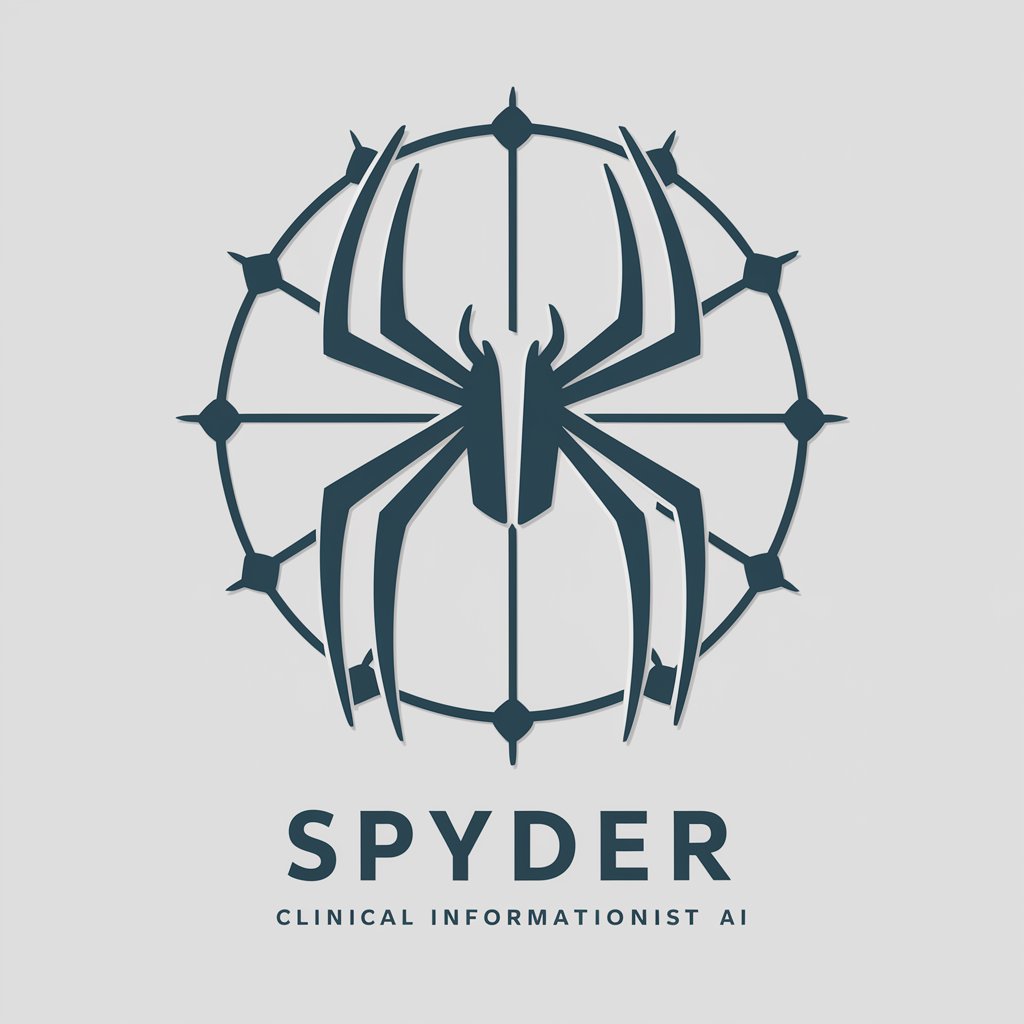
小智·正念
Empowering Leadership with Mindfulness AI
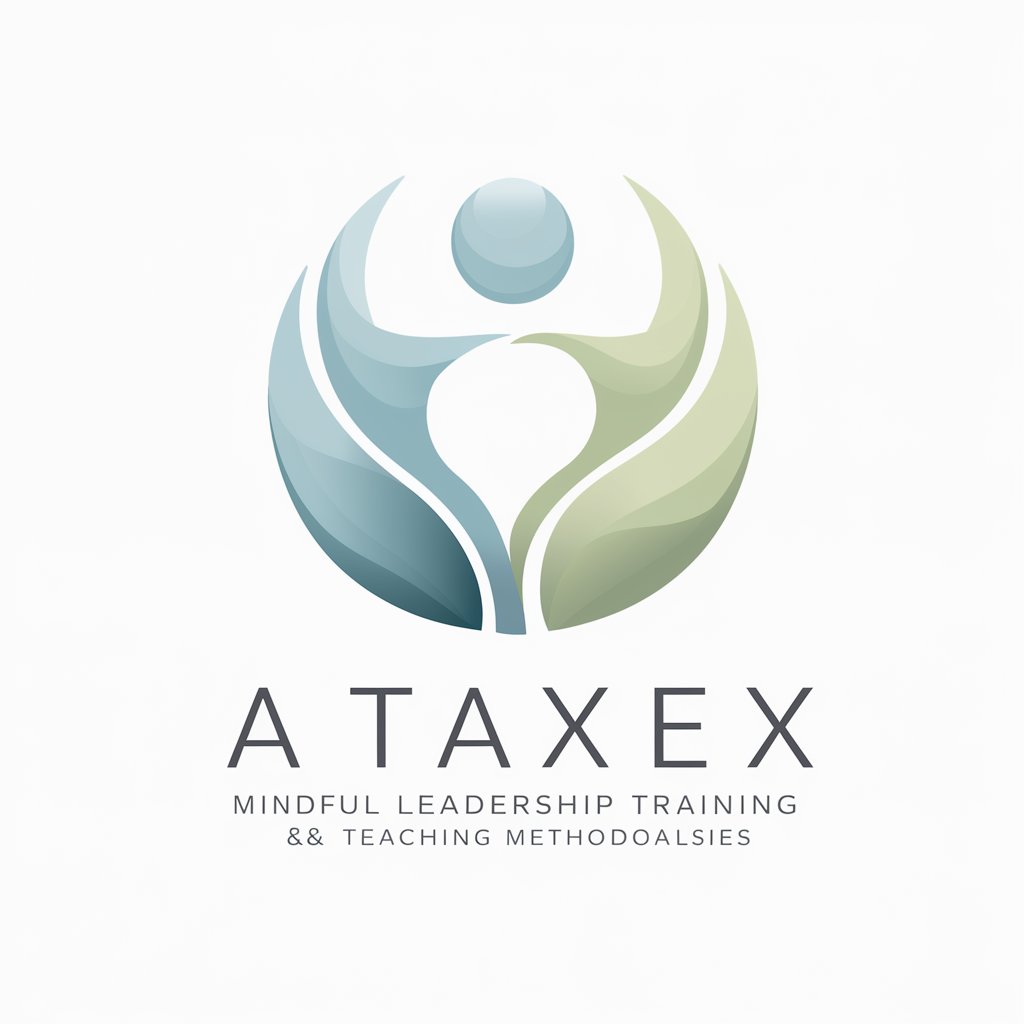
Simulation GPT
Unlock the mysteries of reality with AI.

Unlock Your Potential
Empowering growth with AI insights
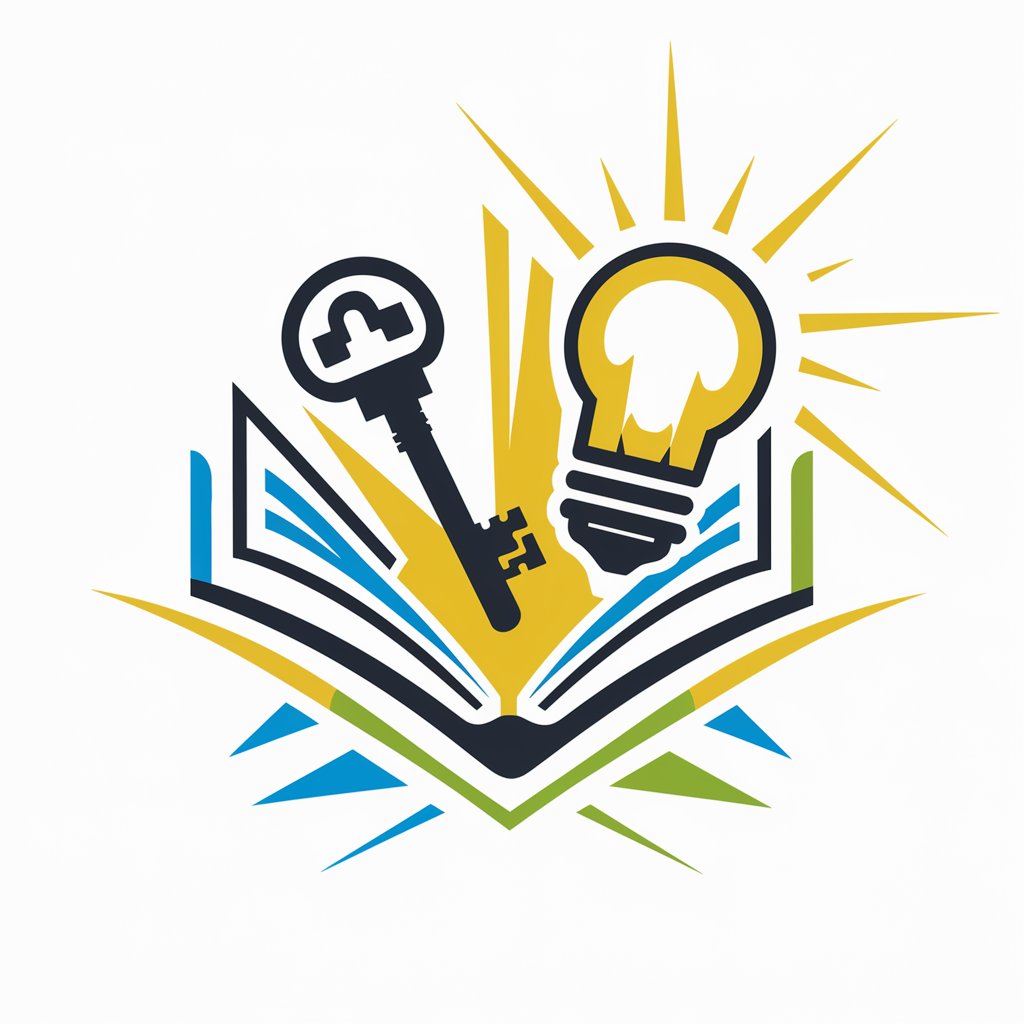
Luxembourg Funds Guide
Unlocking Luxembourg Fund Secrets with AI
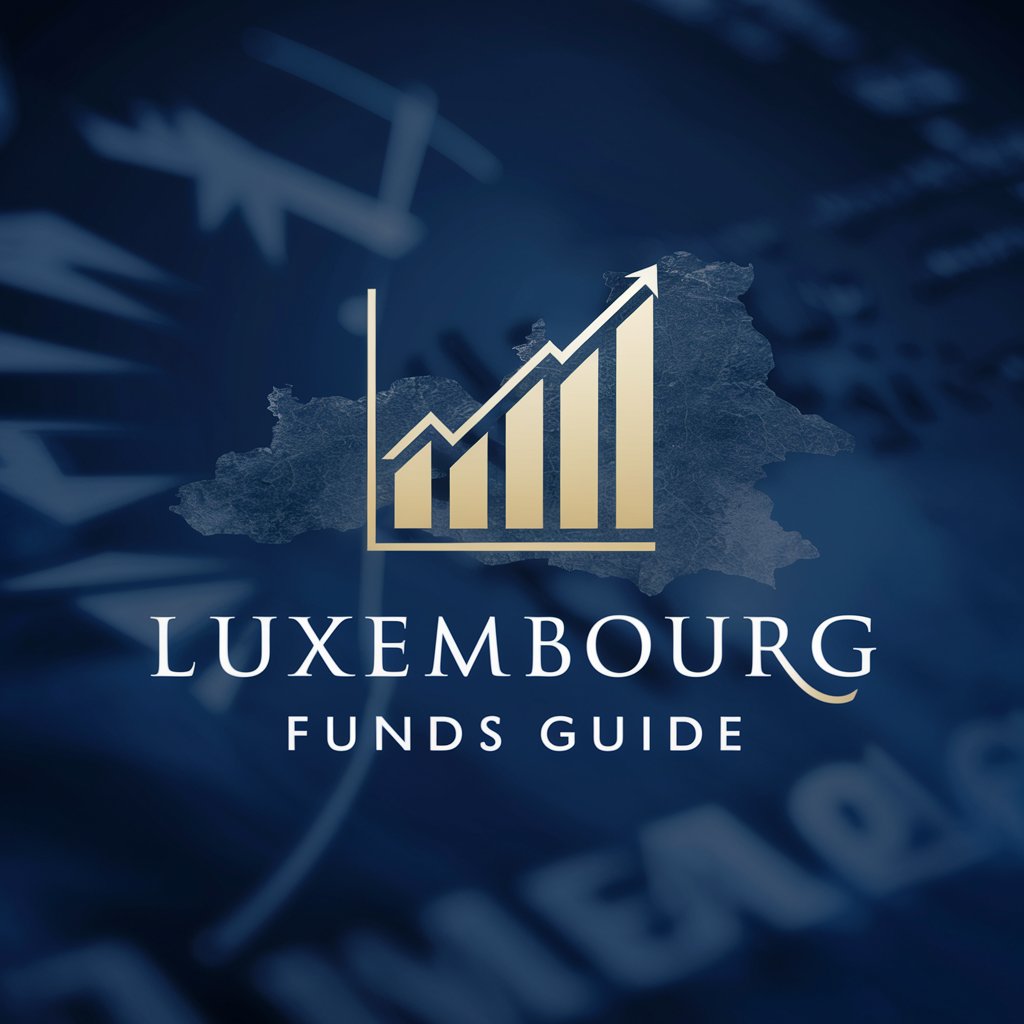
Mon coach en développement personnel
Empowering Growth with AI Coaching
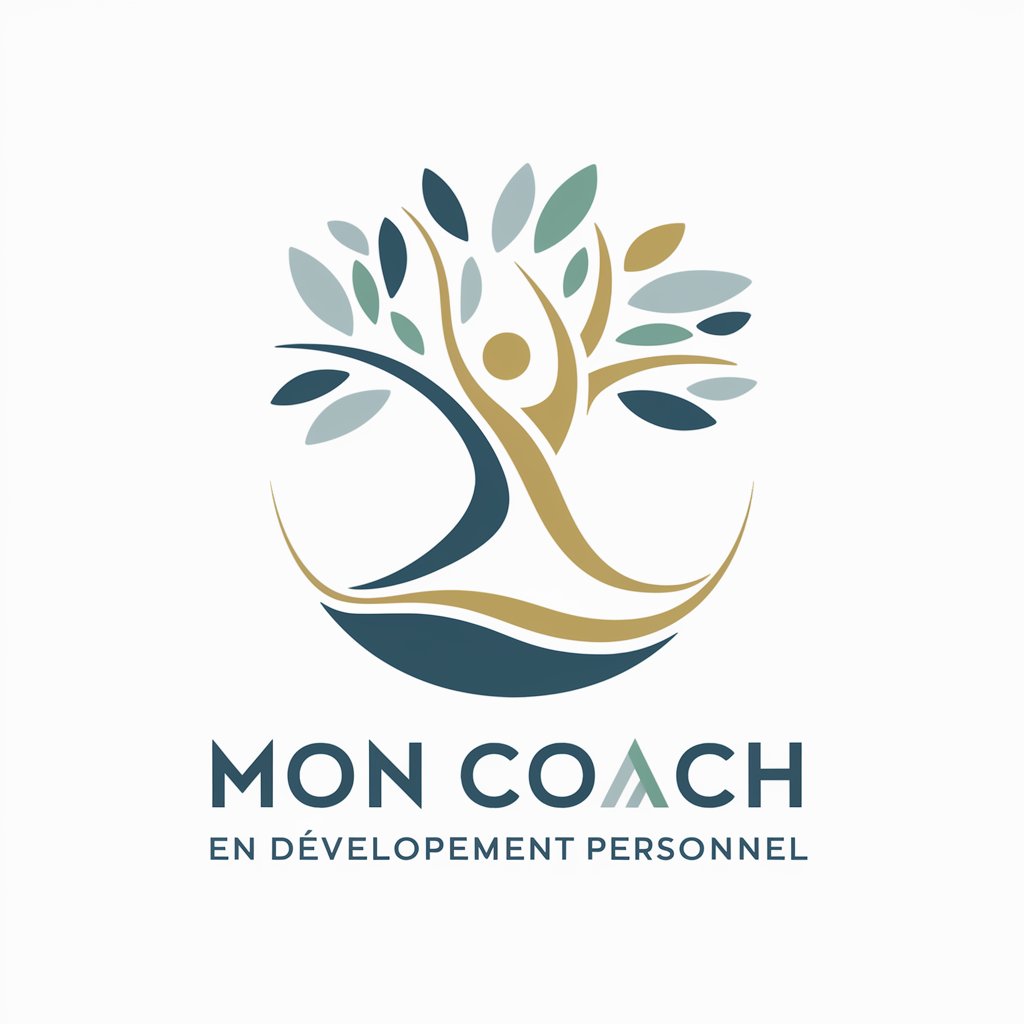
Learning Designer™
Design Engaging Learning Experiences with AI

Your Delivery Route Navigation
Streamlining Every Delivery with AI
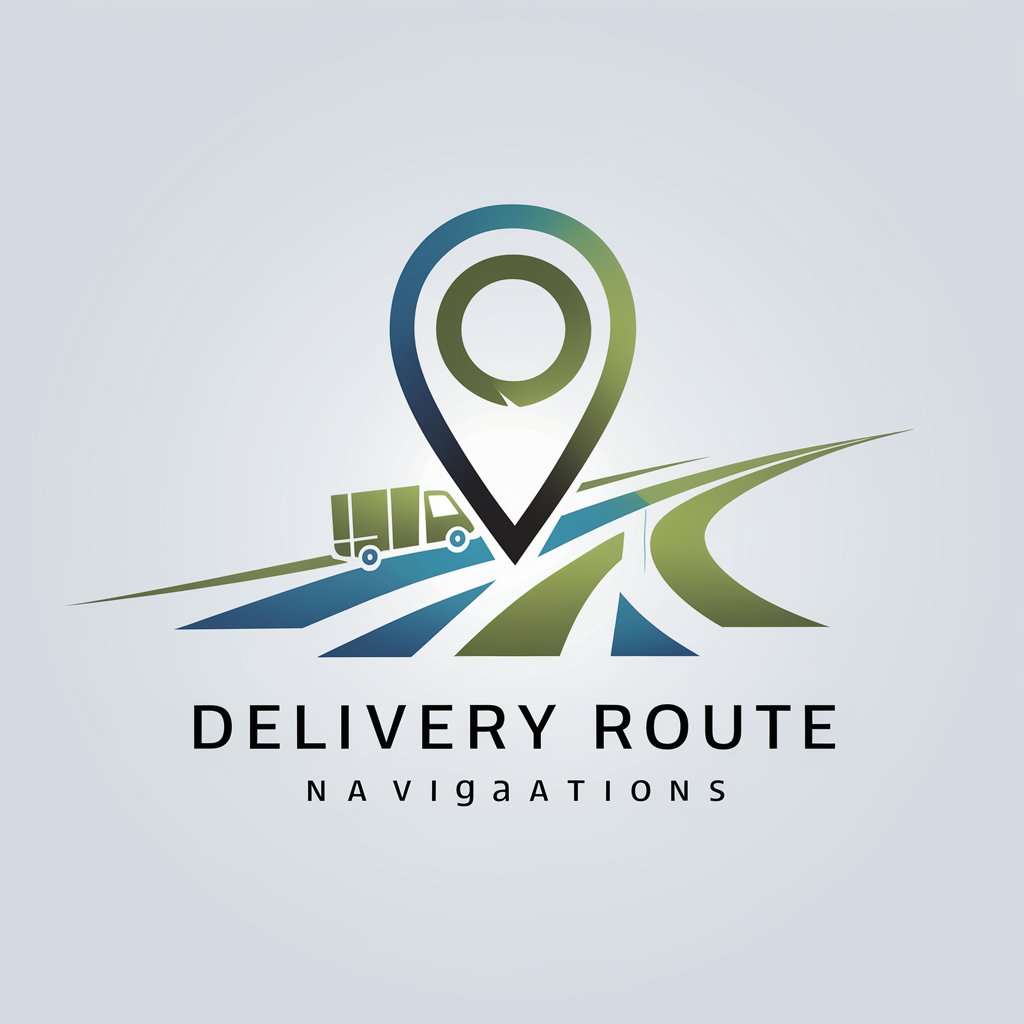
Personalized Literary Analyst
Unlock the Depths of Literature

Profile Pic Wizard
Elevate Your Profile with AI-Powered Photo Enhancements

Frequently Asked Questions about Sustainable Business & Finance: CSRD
What is the triple bottom line approach in CSRD?
The triple bottom line approach in CSRD emphasizes evaluating a company's performance based on three Ps: Profit, People, and Planet. It ensures businesses consider their financial performance alongside their social and environmental impact.
How does this tool help in aligning business strategies with sustainability goals?
The tool aids in aligning business strategies with sustainability goals by analyzing financial data, interpreting sustainability indicators, and providing actionable insights that promote economic, social, and environmental value.
Can this tool assist in regulatory compliance for sustainability reporting?
Yes, the tool can assist in regulatory compliance by keeping up-to-date with the latest sustainability reporting directives and standards, ensuring your reports meet the required guidelines and criteria.
How can businesses use this tool to improve stakeholder engagement?
Businesses can use the tool to generate transparent and detailed sustainability reports, improving stakeholder engagement by clearly communicating their sustainability efforts, outcomes, and future commitments.
Is this tool suitable for small to medium-sized enterprises (SMEs)?
Absolutely, the tool is designed to be accessible and valuable for businesses of all sizes, including SMEs, by providing scalable solutions and insights tailored to their specific sustainability challenges and objectives.